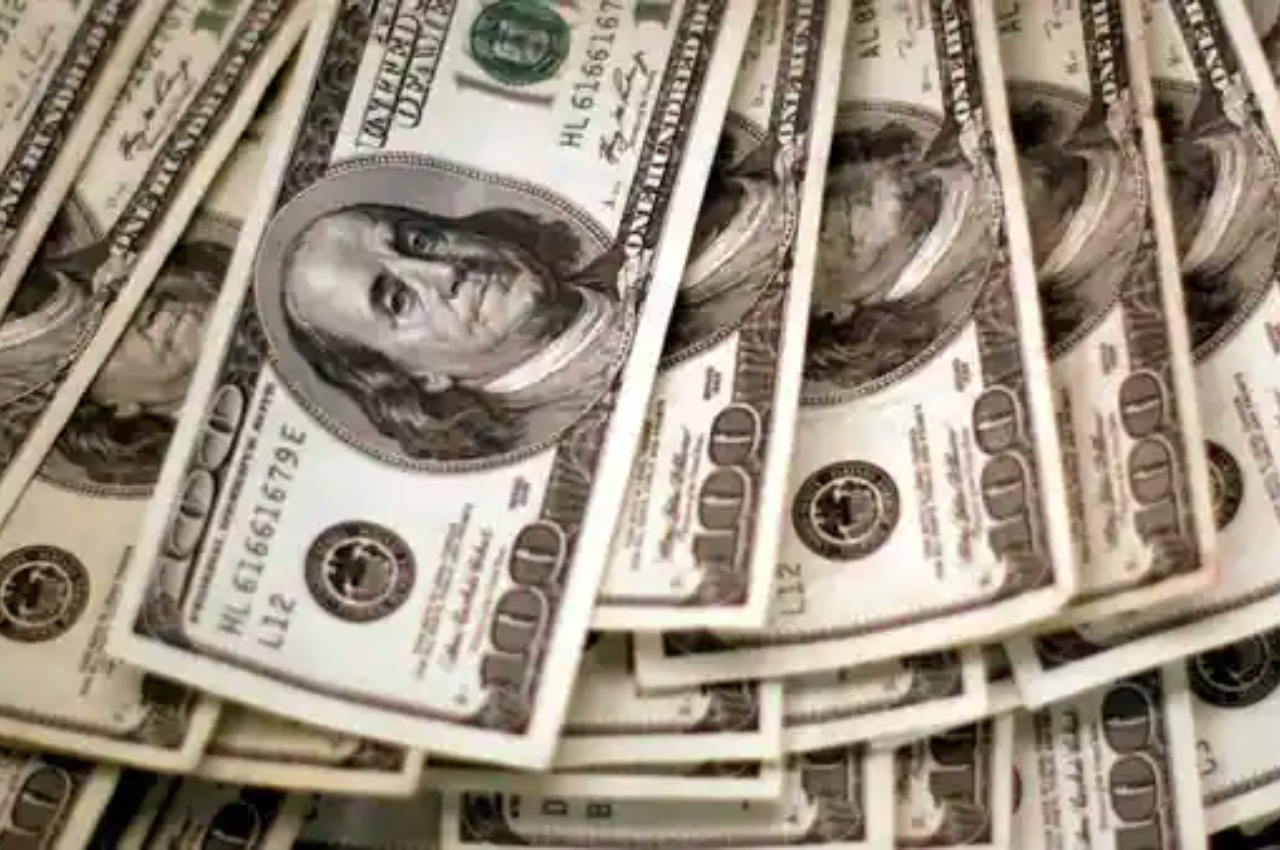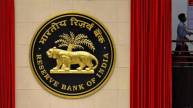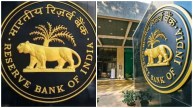New Delhi: Asian governments last month spent almost $50 billion in foreign-exchange reserves, the largest level since March 2020, to defend their currencies against the US dollar’s continuous ascent.
Exante Data Inc., a company that focuses on analysing global capital movements, calculates that emerging Asian countries outside of China spent close to $30 billion in dollar sales on the spot market in just September. When Japan is taken into account, that amount increases to $50 billion.
According to Exante, dollar sales in the area reached around $89 billion in the first nine months of the year, including Japan, marking the most active period for foreign-exchange spending since at least 2008. The company based its projections on information provided by central banks and other governmental agencies, and it makes adjustments for variations in foreign exchange values.
Also Read: India’s export rises by 4.82% to $35.45 bn in Sept; trade deficit zooms to $25.71 bn
As a result of the most ruthless increase in interest rates since the 1980s, the Bloomberg Dollar Spot Index, which compares the value of the dollar against a basket of other major currencies, is currently trading at an all-time high. The value of the reserve of foreign currencies held by central banks has decreased as a result of the spike in the dollar.
While recent dollar sales by nations like South Korea, India, Taiwan, and Japan have been extensively covered in the media, activity by other nations was primarily reported by central banks.
Exante estimates that South Korea sold about $17 billion in September, based on information currently accessible from the country’s central bank, in addition to Japan’s $20 billion in sales. According to the company, net dollar sales for the month of September also came from Hong Kong, the Philippines, Taiwan, and Thailand.
“Their currencies are under pressure in the face of higher interest rates,” said Alex Etra, a senior strategist at Exante. “There’s an unusual degree of uncertainty of high US interest rates might go.”
The pace of intervention might still be picking up, as the yen’s Thursday decline to its lowest level in more than 30 years revived rumours of potential action by Japanese authorities after a spike in activity last month.
Also Read: Coal India to set up 1190 MW Solar Power Project in Bikaner
To slow down or manage volatility and weaken currencies, Asian governments have undoubtedly regularly turned to intervention in foreign-exchange markets in the past. However, the dollar sales from last month surpass those from the first few weeks of the pandemic in March 2020.
According to Etra, the decrease in reserves may be caused by both a more extensive reallocation of assets and falling valuations. However, the main issue is that central banks must sell reserves in order to have the funds they require.
Globally, foreign exchange reserves are decreasing. This year, the stockpile of global reserves fell by more than $1 trillion, or 8.9%, to less than $12 trillion, which is the greatest decrease since Bloomberg began collecting data in 2003.
Read More :- Latest Business News










